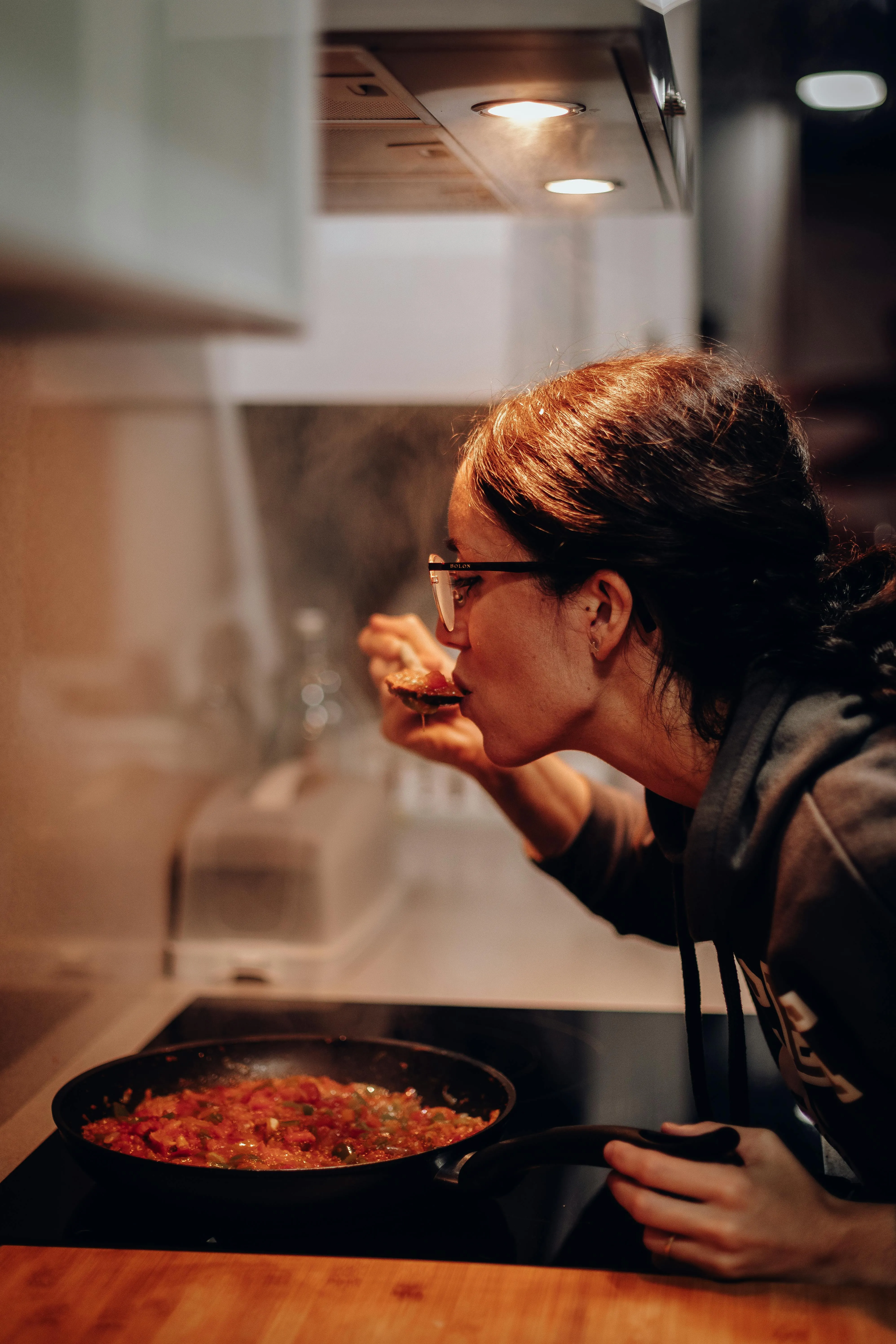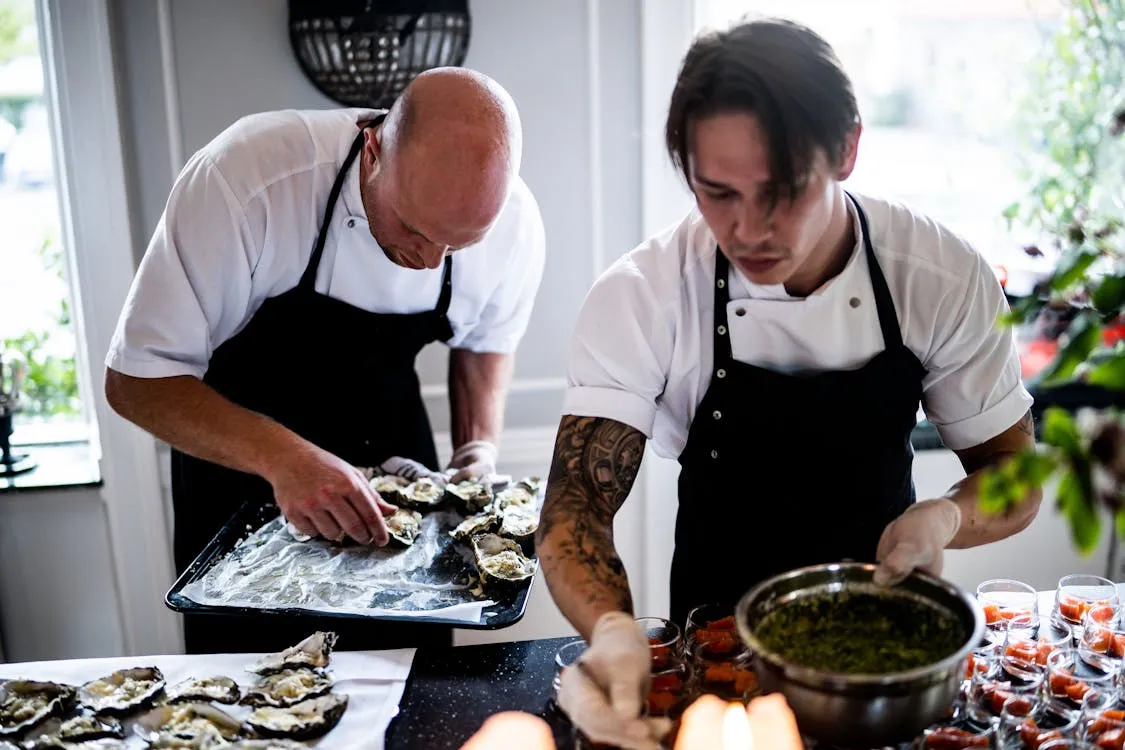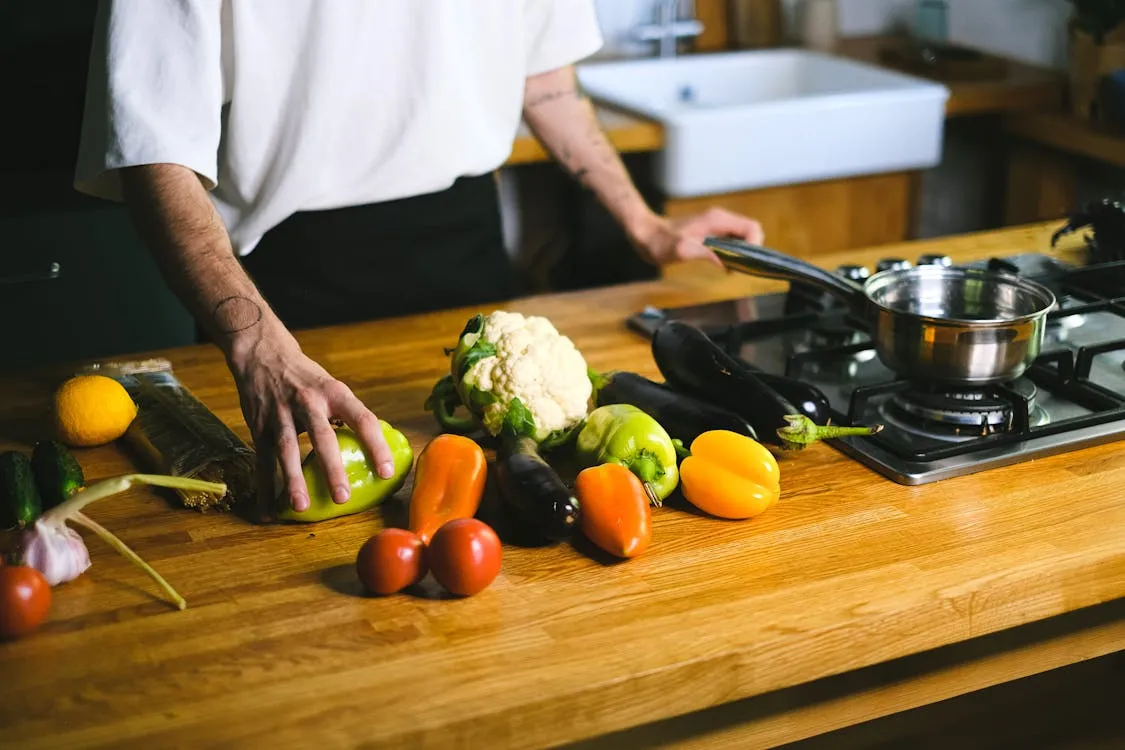
13 Foods You're Storing Wrong (And How to Fix It)
This listicle reveals common food storage mistakes and provides practical solutions to keep your groceries fresher and longer.


This listicle reveals common food storage mistakes and provides practical solutions to keep your groceries fresher and longer.

Here's the thing; you must stop doing these things for the dish's sake.

This will make everyone want to cook for sure.

Uncover 20 kitchen must-haves that professional chefs use to cook delicious food.

Explore hidden tricks and tips from grocery store insiders to help shop smarter and save money.

Uncover 20 of the most practical kitchen tools and appliances that enhance your cooking experience and save you money in the long run.

Discover the top 20 items that should never be kept in your pantry to ensure your food stays fresh and your kitchen organized.

Transform your kitchen into an efficient and time-saving space with these 20 kitchen organization tips.

Essential habits and techniques to streamline your cooking process.
Join our community of enthusiasts and stay informed. Just enter your email below, and we'll make sure you're always in the know!